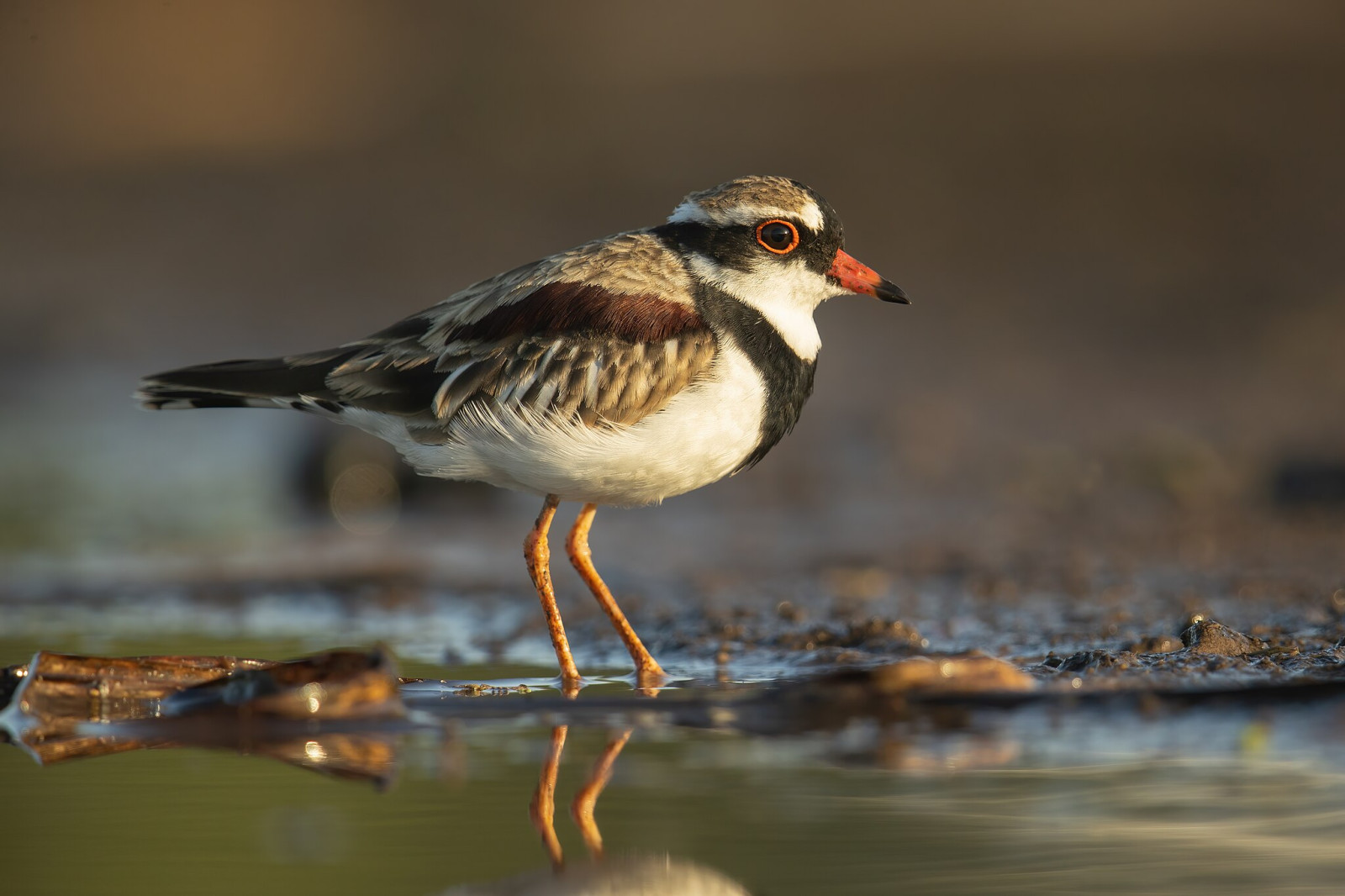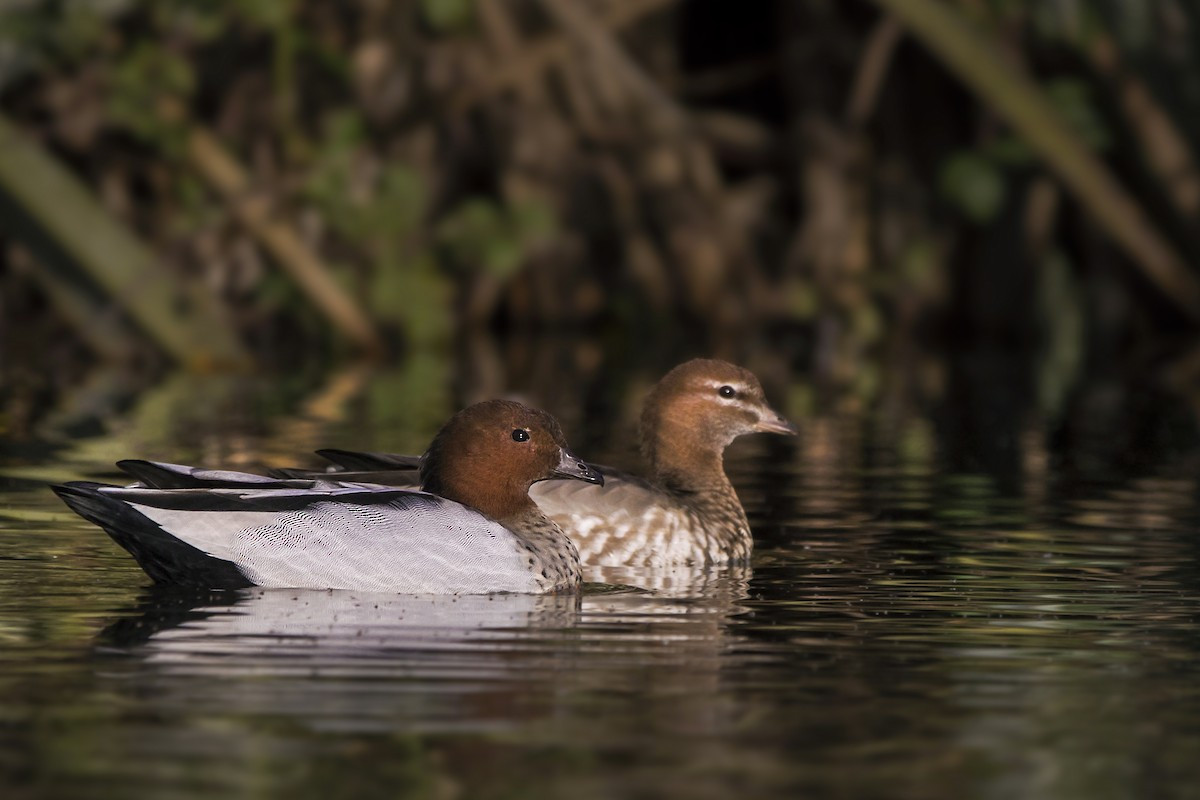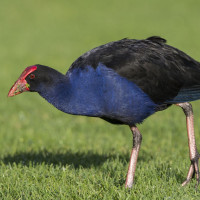Opis
The water level and number of birds on Pitt Town Lagoon changes through the year. Changing water levels favour different birds. Mud-flats created by a receding shoreline are ideal for Black-fronted Dotterels, while shallow water with inundated vegetation is ideal for Red-kneed Dotterel. Some species only appear at certain times of the year. Among the less common birds birds you can observe at the lagoon are Sharp-tailed Sandpipers, Fairy Martins, Baillon’s Crake, Australian Spotted Crake, Black-tailed Native-hen, Red-capped Plover or Australian Painted Snipe. Common to abundant birds on the lagoon are Pink-eared Ducks, Australasian Shoveler, Chestnut Teal, Pied Stilt, Royal Spoonbill, Australian Ibis, Australian Pelican, Little Black Cormorant and Great Cormorant. But many more birds can be spotted, see the birdlist below.
Szczegóły
Dostęp
Pitt Town Lagoon is located in Pitt Town, 59 kilometres north-west of Sydney. The lagoon is accessible only through a nature strip beginning at the end of Church street that leads to a big shelter for bird watchers. The reeds in front of this shelter are being kept low, to give a view of the lagoon. You can park on Bathurst Street. Click on the P in the map for directions or coordinates. From the parking it is about a 300 m walk to the bird hide.
Teren i siedlisko
Tereny podmokłe , TrzcinowiskaWarunki
Bagienny , Otwarty krajobrazTrasa dookoła
NieCzy luneta będzie przydatna ?
Może być przydatnaUdany sezon obserwacyjny
Przez cały rokNajlepszy czas na wizytę
Wiosenne migracje , Jesienne migracjeTrasa
Szeroka ścieżkaPoziom trudności szlaku pieszego
ŁatwyDostępne
PieszoCzatownia/platforma obserwacyjna
TakLinki
- Photo Black-fronted Dotterel at Pitt Town Lagoon by JJ Harrison, CC BY-SA 3.0, via Wikimedia Commons



